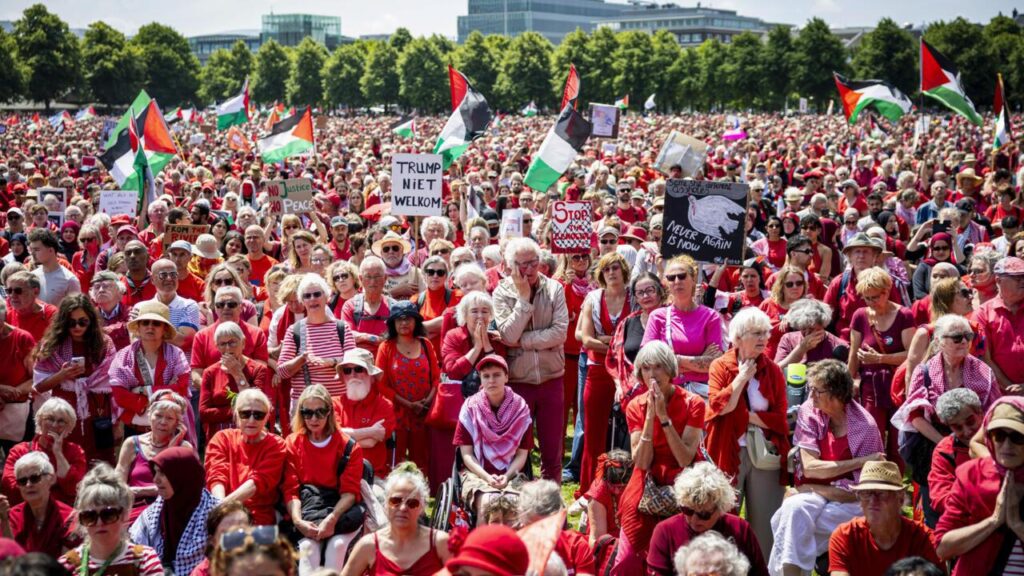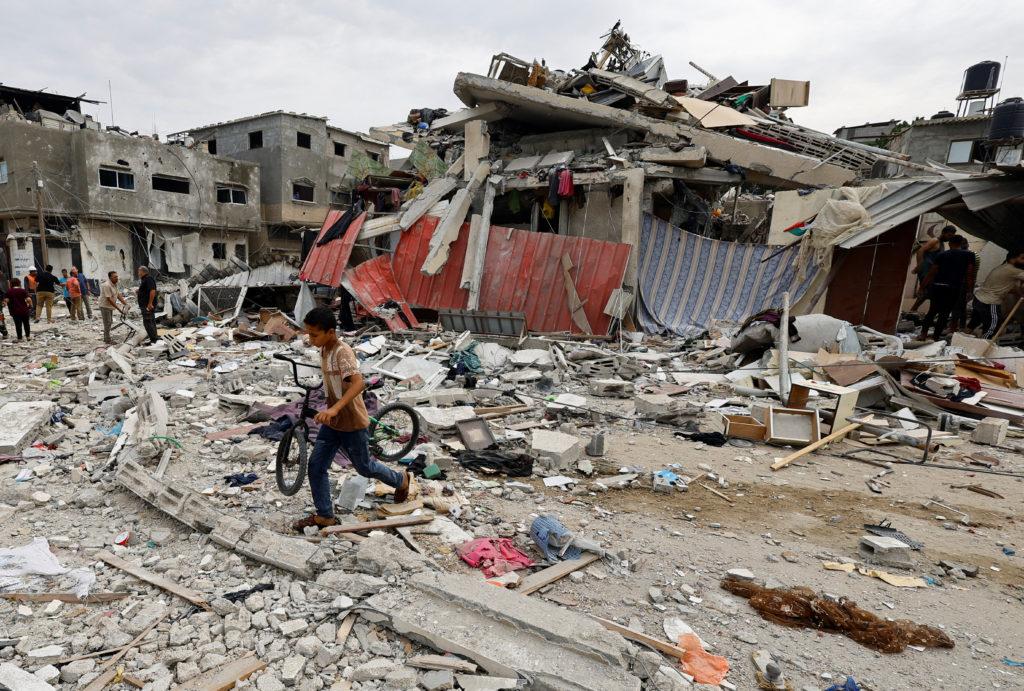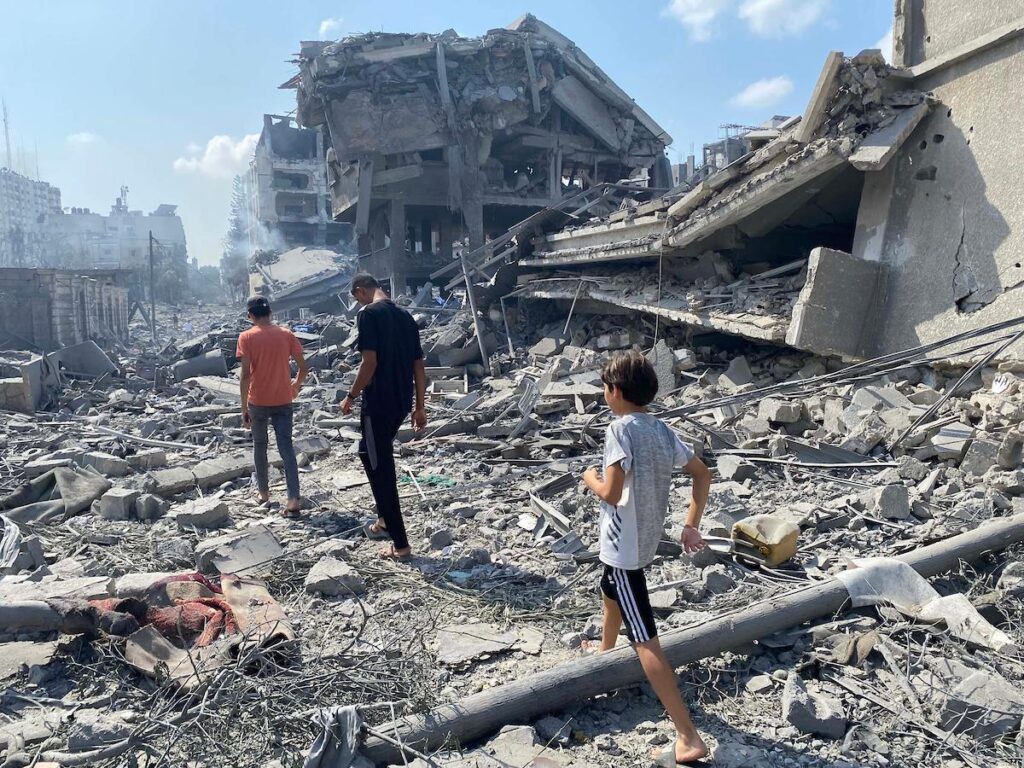In the shadowy labyrinth of Gaza’s northern terrain, a pivotal moment unfolded as the Hamas Beit Hanun Battalion laid down its arms, surrendering to Israeli Defense Forces in a notable strategic shift. Against the backdrop of an intense conflict that has gripped the region, this development marks a potential turning point in the ongoing military operations, revealing the complex and fluid nature of urban warfare in one of the world’s most contested landscapes. In a significant development amid the ongoing conflict, Israeli Defense Forces (IDF) confirmed the surrender of the Hamas Beit Hanun Battalion in northern Gaza, marking a strategic shift in the territorial confrontation.The battalion, known for its tactical resilience and local operational capabilities, laid down its arms after intense military engagement.
Intelligence reports suggest that sustained pressure from precise IDF military operations and strategic aerial bombardments significantly weakened the battalion’s infrastructure and combat readiness. The surrender represents a critical moment in the ongoing military campaign,possibly disrupting Hamas’s operational networks in the region.
Military analysts highlight the complex dynamics surrounding the battalion’s capitulation. The unit, traditionally entrenched in urban terrain, found itself increasingly isolated and strategically compromised. Intercepted communications and ground intelligence indicated mounting internal tensions and diminishing resources that likely contributed to the decision to surrender.
The IDF’s methodical approach, combining technological surveillance, targeted strikes, and ground maneuvers, played a crucial role in dismantling the battalion’s defensive positions. Specialized units conducted intricate reconnaissance missions, systematically eroding the battalion’s strategic depth and operational cohesion.
Humanitarian considerations remained paramount during the surrender process,with IDF protocols ensuring safe passage and adherence to international legal frameworks governing armed conflict. Medical personnel were immediately available to assess the condition of surrendering combatants, underscoring the commitment to humanitarian standards.
Strategic implications of this surrender extend beyond immediate territorial gains. The dissolution of the Beit Hanun Battalion potentially disrupts Hamas’s command structure and regional tactical capabilities, creating significant strategic vulnerabilities in their operational landscape.
Regional security experts suggest this development could trigger substantial recalibrations in Hamas’s military strategy. The loss of a key battalion represents more than territorial defeat; it symbolizes a profound erosion of organizational resilience and strategic planning.
Intelligence assessments indicate the surrender might precipitate further internal fragmentation within Hamas’s military wing. The psychological impact on remaining units could be substantial, potentially accelerating potential additional surrenders or strategic retreats.
The IDF’s accomplished engagement demonstrates sophisticated military tactics,combining technological superiority with precise intelligence gathering. This operation represents a nuanced approach to conflict resolution, balancing military objectives with strategic long-term considerations.
As diplomatic channels continue to explore potential de-escalation pathways, the surrender of the Beit Hanun Battalion stands as a significant inflection point in the ongoing regional tensions, potentially reshaping military and political dynamics in the immediate future.










